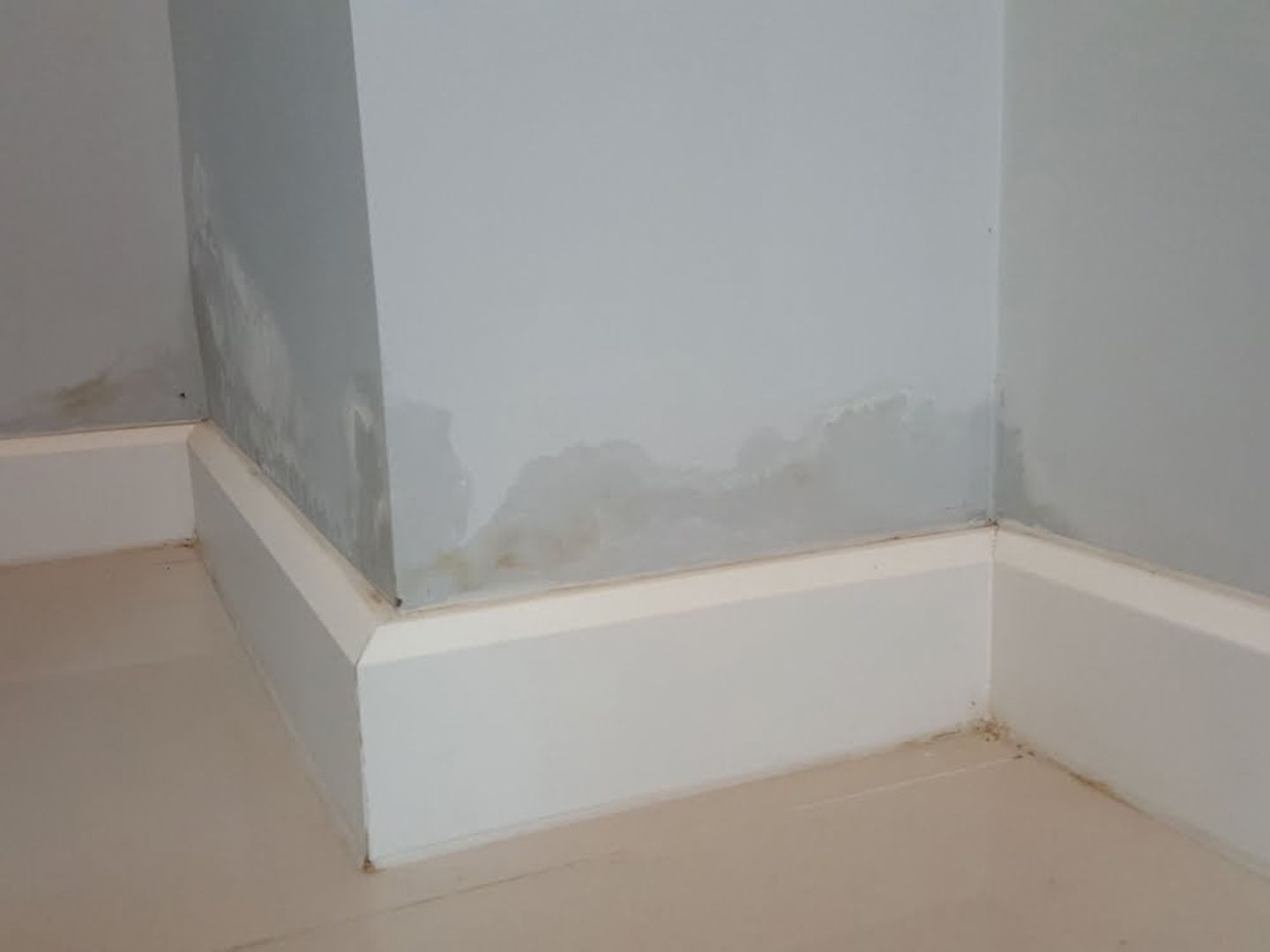Damp can cause big problems if left untreated, but it is a fairly common occurrence. Damp and moisture can gather on a range of surfaces for a variety of reasons such as humidity and condensation as well as a water leak or weather damage. There are a few ways you can prevent excess moisture entering your home, through increasing ventilation to prevent moisture lingering and preventing any obvious leaks.
A damp meter uses pin sensors to locate and assess the moisture or damp content in a variety of surfaces and materials. Finding damp is the first step in mould prevention, as left untreated damp can cause mould growth in your home
Causes of Damp
Damp can be caused by numerous things – leaks, condensation, plumbing issues and ground water to name a few. Of all these concerns, there are various reasons for their occurrence. Condensation is one of the most common causes of damp and one which often goes unnoticed and untreated. Plumbing concerns and leaks are slightly easier to spot in many causes, however you may not notice the amount of condensation in your home.
Condensation is caused by a number of things such as excess moisture caused by everyday activities such as cooking and showering. Other common causes of condensation include poorly heated homes and poor ventilation.
How to Use a Damp Meter
1. Set the damp meter to read the specific material that you’re using (not all models will need adjusting).
2. Position the damp meter with the pins on the surface of the material.
3. It should take a few seconds for the meter to give you a reading of the damp levels of the surface.
What to Do Next
If you have excess damp in your walls or surfaces, the next steps will be to determine whether you need to attempt to dry the surfaces out or replace them all together. Although it may be inconvenient, taking these steps are integral in preventing mould growth – something which would be much more inconvenient in the future.
What if Damp is Left Untreated
As mentioned, untreated damp can cause significant problems such as mould. If left untreated damp can destroy the structural integrity of your home – your interior decoration, plaster and rot the timber. This is why it is important to check your home for damp using a damp meter, so you can address any issues straight away and prevent future problems.






















































